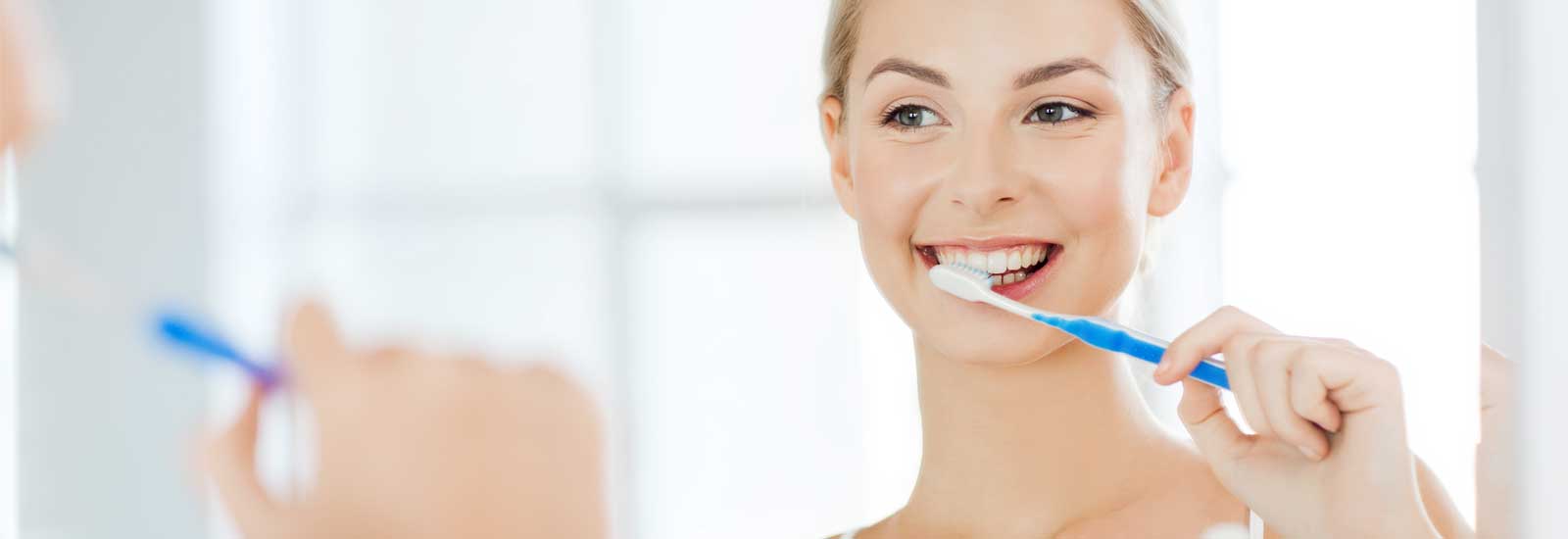Obtain regular dental cleanings and exams for healthy smiles
Oral prophylaxis, also known as regular teeth cleaning, is a preventative procedure that dental professionals use referring to the cleaning of teeth and around the gum tissue. This dental cleaning is combined with a physical examination of the entire mouth. In Irvine, California, Dr. Tom Alexander of Sterling Plaza Dentistry likes to educate his patients on what to expect during their routine dental cleanings and examinations.

Why are teeth cleanings important?
The goal of oral prophylaxis is to remove plaque, tartar, biofilm, and stains from the teeth and just under the gums. This procedure can be performed on patients of all ages, while periodontal cleanings are performed on patients with a high risk of developing gum and bone disease or who have gone through periodontal surgery. Dental insurance plans typically cover routine oral prophylaxis and a portion of the periodontal cleaning.
How often should oral prophylaxis be performed?
The American Dental Association (ADA) recommends that patients have oral prophylaxis a minimum of every six months. However, some patients may need to have this procedure more often. That is usually due to having a higher risk of developing periodontal disease or already having the early signs of gingivitis developing. A person’s chemistry can also cause plaque and tartar to form more readily, therefore necessitating more frequent dental cleanings in order to keep a healthy mouth.
When do I need periodontal cleaning?
Periodontal cleaning is often performed with patients who have been diagnosed with gingivitis or periodontitis (periodontal disease, or disease of the bone). This type of teeth cleaning is much more involved and typically is done often after a patient has undergone root planning, cleaning of the teeth, and the roots underneath the gum line. A dental hygienist or periodontist will perform this procedure.
What happens during oral prophylaxis?
A dental hygienist generally performs oral prophylaxis. The hygienist will use different instruments to remove plaque and tartar from the teeth. These instruments are small, hand-held tools. The hygienist may also use a machine that uses water and a metal tip that vibrates to help loosen and remove any hard deposits from the teeth. Next, the hygienist will use a polishing tool to buff away any remaining stain or debris. Finally, the hygienist will floss the patient’s teeth and, in many cases, apply fluoride to help protect the teeth, which helps make the enamel stronger and more resistant to future damage.
Schedule an appointment today
If you are experiencing noticeable signs of gum disease, such as bleeding gums, chronic bad breath, or receding gums, it is important to schedule oral prophylaxis right away. This not only will help prevent further damage to your teeth and gums, but it can also improve the overall health of your mouth and body. Call Dr. Tom Alexander of Sterling Plaza Dentistry at (949) 868-2224 to schedule an appointment at 2 Osborn, Ste. #140 in Irvine, CA.


